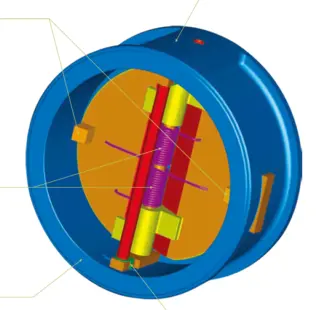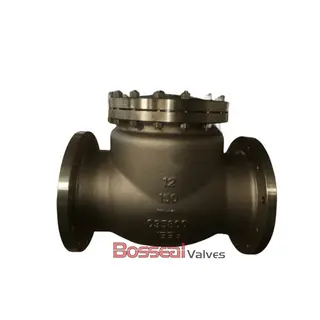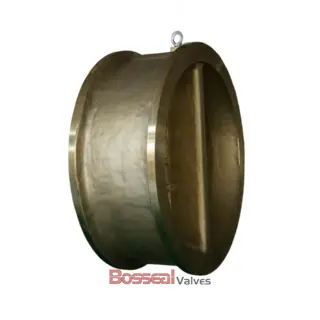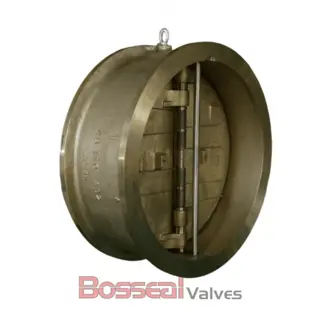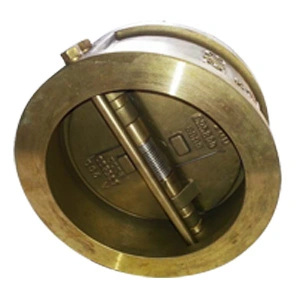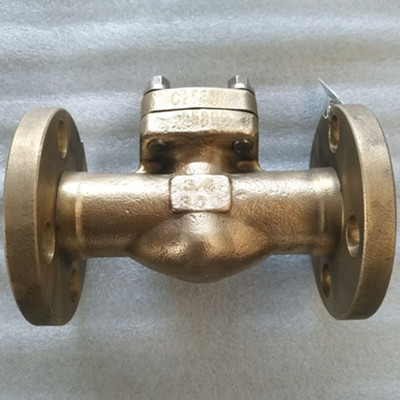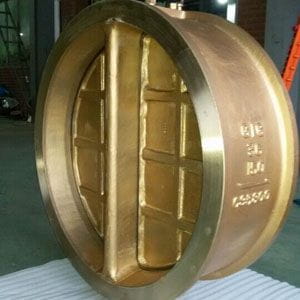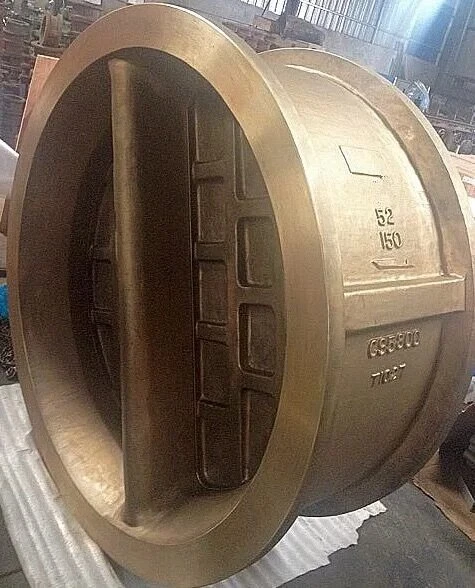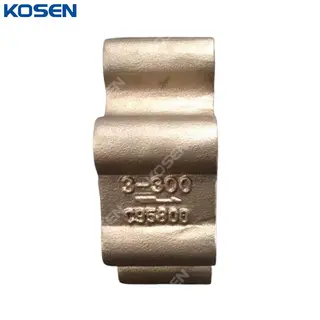8 Inch Dual Plate Check Valve, Al-bronze, B148 C95800, CL300
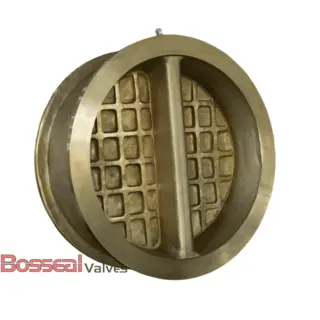
Key Specifications / Features
We are a reliable supplier of dual plate non-return check valves built to API 594 specifications. This 8-inch valve features a durable aluminum bronze body made from ASTM B148 C95800, offering excellent corrosion resistance for harsh environments. Designed for Class 300 LB pressure ratings, it is equipped with flanged ends for secure and straightforward installation. The valve is available with NBR, Viton, or EPDM seats to suit a variety of fluid applications. Ideal for marine, chemical, and industrial systems where backflow prevention is critical.
Detail Information
Valve Description:
187303027 Dual Plate Check Valve
Design Standard: API 594
Structure: Spring-loaded, Dual Plate
Nominal Size: 8 Inch, DN200
Nominal Class: 300 LB
Bore Type: NA
End Connection: Wafer/LUG/Double Flanged
Operation: NA
Body Material: ASTM B148 C95800
Trim Material: ASTM B148 C95800
Face to Face: API 594
Test and Inspection: API 598
Key Features:
Compact, space-saving design.
Independent spring mechanism for reliable closing.
Optional soft or metal seat to suit various applications.
Unique slim disc design for reduced pressure drop.
Aluminum bronze construction is ideal for seawater and corrosive environments.
Product Range:
Body Material: Aluminium Bronze
Normal Diameter: 1/2 Inch - 48 Inch (DN15 - DN1200)
Pressure Range: Class 150 LB - Class 300 LB
End Connection: Wafer, Lug, RF Flanged, RTJ
Working Temperature: -229°C - +1120°C
Operation: Not Applicable (Manual or actuated available for special request)
The Dual Plate Check Valve is a spring-loaded non-return valve designed to allow fluid flow in one direction and prevent backflow in pipelines. It features a one-piece body, a centrally positioned pin, and two spring-loaded plates mounted on the pin. When fluid flows in the intended direction, the plates open to allow passage; when the flow reverses, the springs quickly close the plates to block backflow.
Compared to conventional swing check valves, the dual plate design offers significant advantages by reducing both weight and length. This compact construction helps lower material costs and saves valuable space in the piping system.
